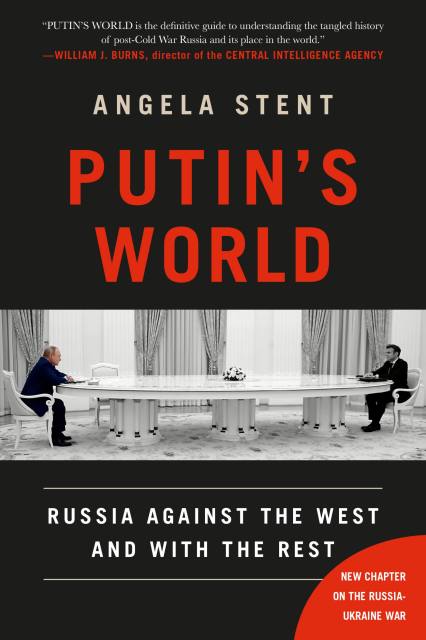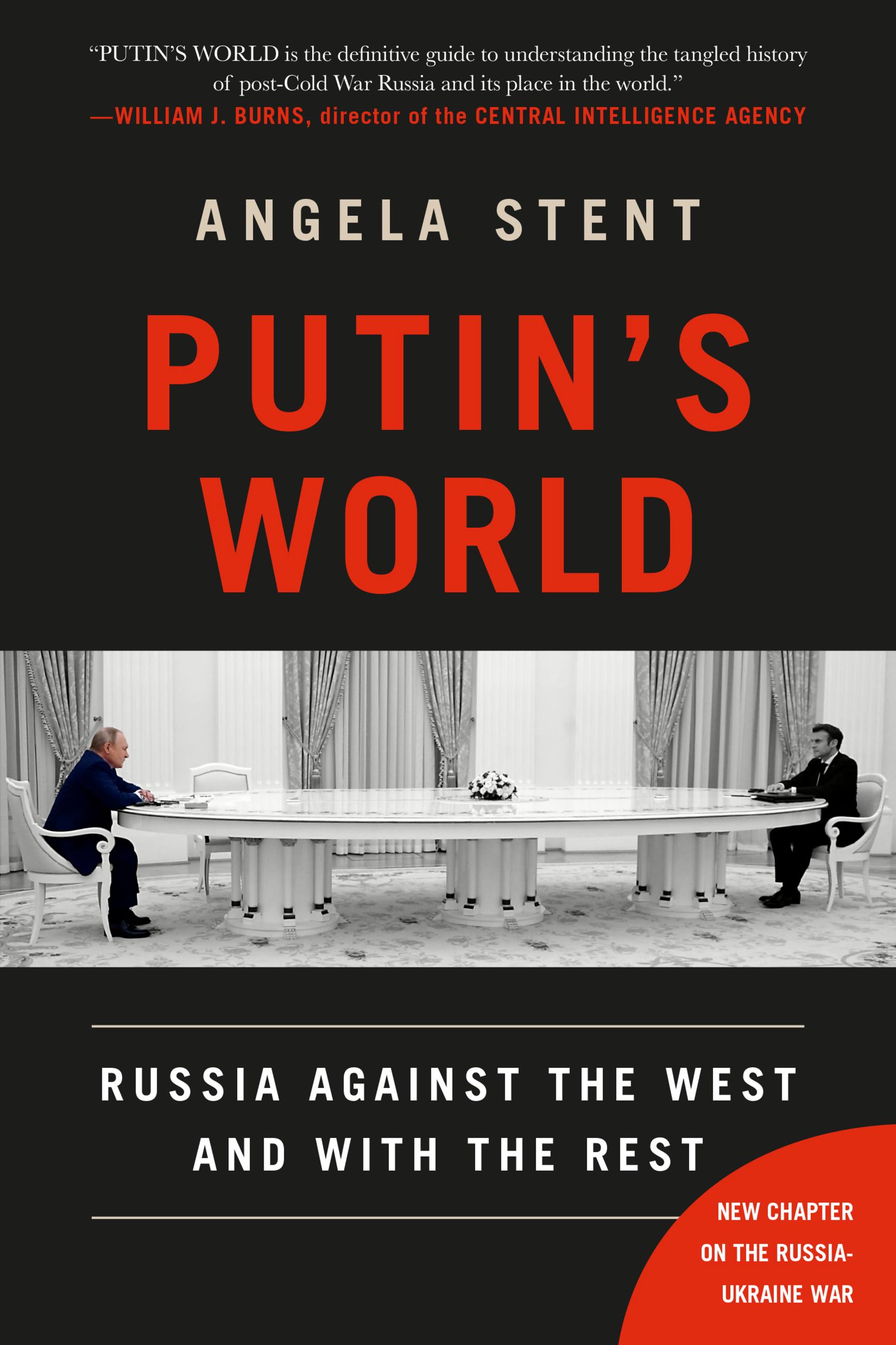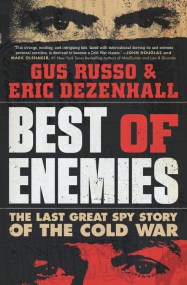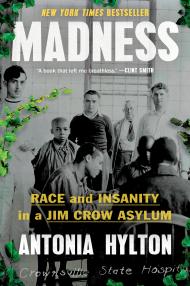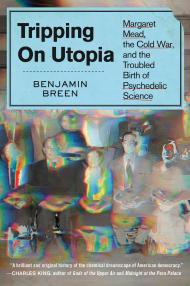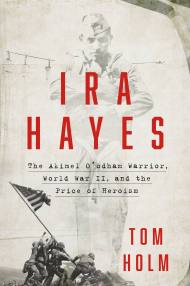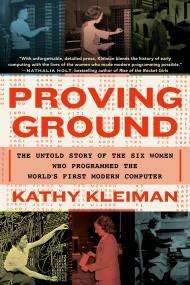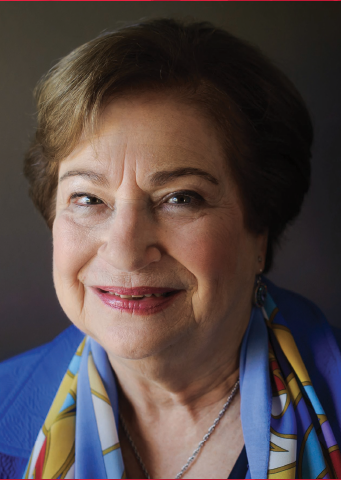Promotion
Use code MOM24 for 20% off site wide + free shipping over $45
Putin's World
Russia Against the West and with the Rest
Contributors
By Angela Stent
Formats and Prices
Price
$12.99Price
$15.99 CADFormat
Format:
- ebook $12.99 $15.99 CAD
- Hardcover $42.00 $53.00 CAD
- Audiobook Download (Unabridged) $38.99
- Trade Paperback $18.99 $23.99 CAD
This item is a preorder. Your payment method will be charged immediately, and the product is expected to ship on or around February 26, 2019. This date is subject to change due to shipping delays beyond our control.
Also available from:
In this revised version that includes an exclusive new chapter on the Russia-Ukraine war, renowned foreign policy expert Angela Stent examines how Putin created a paranoid and polarized world—and increased Russia's status on the global stage.
How did Russia manage to emerge resurgent on the world stage and play a weak hand so effectively? Is it because Putin is a brilliant strategist? Or has Russia stepped into a vacuum created by the West's distraction with its own domestic problems and US ambivalence about whether it still wants to act as a superpower? Putin's World examines the country's turbulent past, how it has influenced Putin, the Russians' understanding of their position on the global stage and their future ambitions—and their conviction that the West has tried to deny them a seat at the table of great powers since the USSR collapsed.
This book looks at Russia's key relationships—its downward spiral with the United States, Europe, and NATO; its ties to China, Japan, the Middle East; and with its neighbors, particularly the fraught relationship with Ukraine. Putin's World will help Americans understand how and why the post-Cold War era has given way to a new, more dangerous world, one in which Russia poses a challenge to the United States in every corner of the globe—and one in which Russia has become a toxic and divisive subject in US politics.
How did Russia manage to emerge resurgent on the world stage and play a weak hand so effectively? Is it because Putin is a brilliant strategist? Or has Russia stepped into a vacuum created by the West's distraction with its own domestic problems and US ambivalence about whether it still wants to act as a superpower? Putin's World examines the country's turbulent past, how it has influenced Putin, the Russians' understanding of their position on the global stage and their future ambitions—and their conviction that the West has tried to deny them a seat at the table of great powers since the USSR collapsed.
This book looks at Russia's key relationships—its downward spiral with the United States, Europe, and NATO; its ties to China, Japan, the Middle East; and with its neighbors, particularly the fraught relationship with Ukraine. Putin's World will help Americans understand how and why the post-Cold War era has given way to a new, more dangerous world, one in which Russia poses a challenge to the United States in every corner of the globe—and one in which Russia has become a toxic and divisive subject in US politics.
Genre:
- On Sale
- Feb 26, 2019
- Page Count
- 448 pages
- Publisher
- Twelve
- ISBN-13
- 9781455533015
Newsletter Signup
By clicking ‘Sign Up,’ I acknowledge that I have read and agree to Hachette Book Group’s Privacy Policy and Terms of Use
